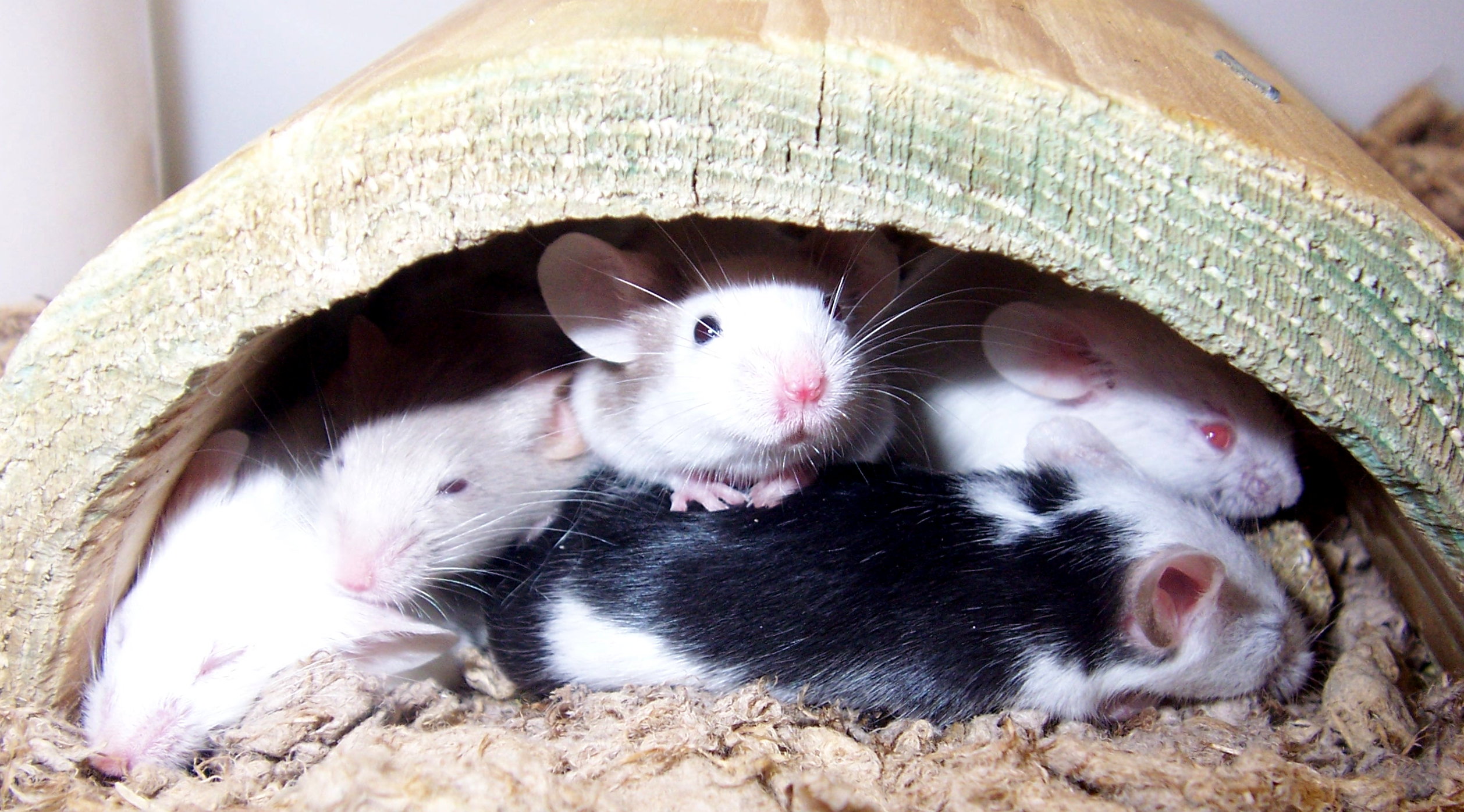In 1972, John B. Calhoun designed a very specific mice cage called Universe 25, also known as the Mortality-Inhibiting Environment for Mice. Universe 25 was designed as a practical utopia for mice. It was constantly replenished with food and water, each wall had an intricate grid of nesting boxes connected by mesh tunnels and stairwells (like an apartment) and the cage was cleaned periodically. There were no predators, the temperature was set at a comfortable level and all mice resident were disease-free. In all ways, Universe 25 was an idyllic home for the mice.
Calhoun’s aim of this experiment was the same as the countless experiments before Universe 25: to see the effects of abundance on a population, and the consequences of that. Biologically speaking, a population only grows to the point that the environment can sustain it and then plateaus. So if the environment is completely abundant, the population will grow and grow without limitations (other than space). Thus, Calhoun’s main focus was overpopulation in societies. What did he find?
At the start of the experiment, four breeding pairs of mice were introduced to Universe 25. They began reproducing after 104 days of familiarisation and the population increased exponentially. The mice flourished in the prosperous environment. Around day 315, population growth slowed. By this stage, the mice population had grown to over 600, which made Universe 25 very crowded. Although there were still plenty of resources, the problem of overpopulation still remained. As the population grew and space became limited, male mice found it too difficult to defend their territory and eventually gave up doing so. The mice began losing their ability to form social bonds and these mice (“failures”) began congregating at the centre of the cage. This group of mice gave up on all normal social behaviour, leading to constant violence. The violence soon spread throughout the cage, with the mice society descending into chaos. The females, stressed and confused by the violence, attacked and cannibalised their own young, after which they retreated to the highest nest boxes where they isolated themselves. Certain males (termed “the beautiful ones” by Calhoun) did not show violence or any interest in females, choosing only to eat, sleep and groom themselves, wrapped in narcissistic introspection. Because of these two isolated groups, procreation slumped and population growth slowed. Elsewhere, in the “inner city” group at the middle of the cage, cannibalism, pansexualism and violence became common. The entire society had collapsed.
On day 560, the population ceased to grow at a peak population of 2200. After this, the number of pregnancies dwindled to nothing and no young survived past infancy. Adult mice were also affected, with mortality rates skyrocketing at all ages and increased rates of diseases. It was clear that the population was headed towards extinction. Even after the population dwindled down to a much more sustainable number, the mice were incapable of (or chose not to) reproducing to regenerate the population. Not only did mice society die, but the mice themselves met a grim fate as well.
This result was repeated in all of Calhoun’s experiments, conclusively showing that overpopulation leads to the demise of a society. Calhoun described this as “crowding into the behavioural sink”. He explained that the mice served as a warning to what human societies are headed towards if we do not solve the problem of overpopulation. We can already see the effect overpopulation has on societies. It is a known fact that people living in the inner areas of a city are more prone to poverty, crime, violence and a lower quality of life. However, Calhoun was not a nihilist. Instead of saying “humanity is doomed”, he explored different ways of resolving the problem. The most effective idea he came up with was space colonisation.


